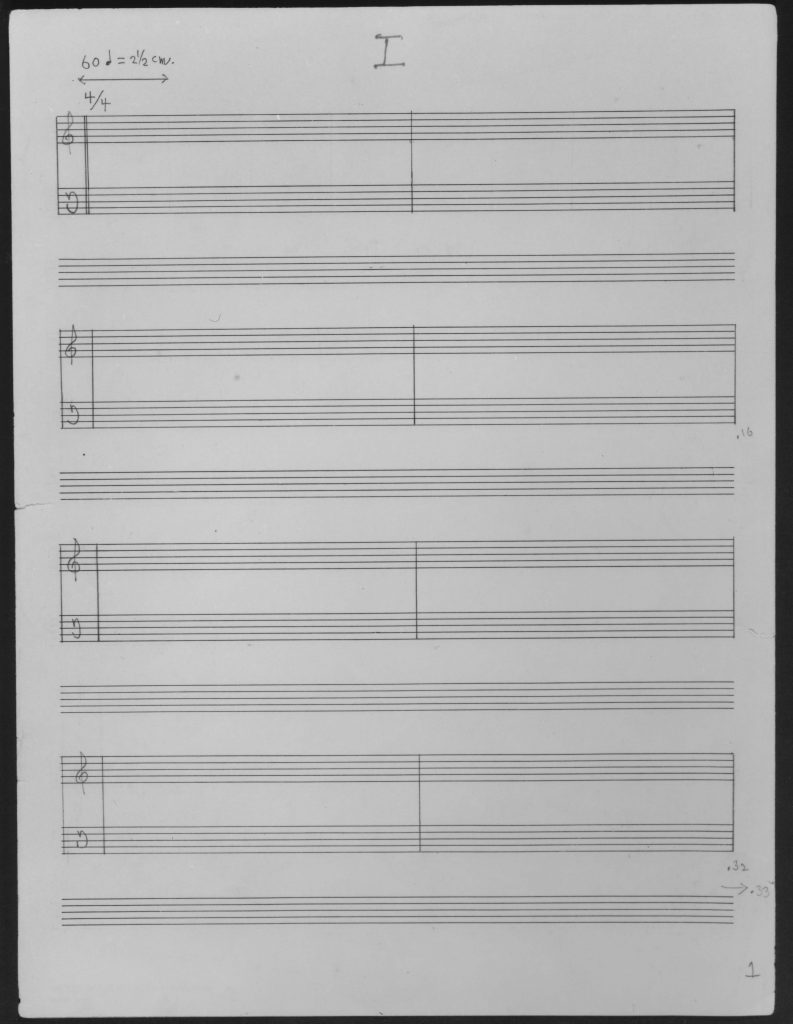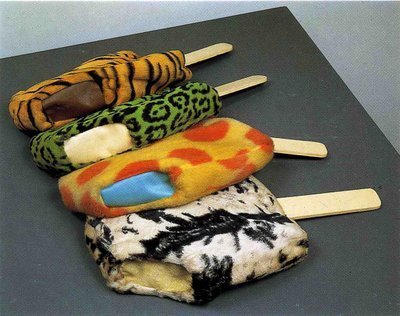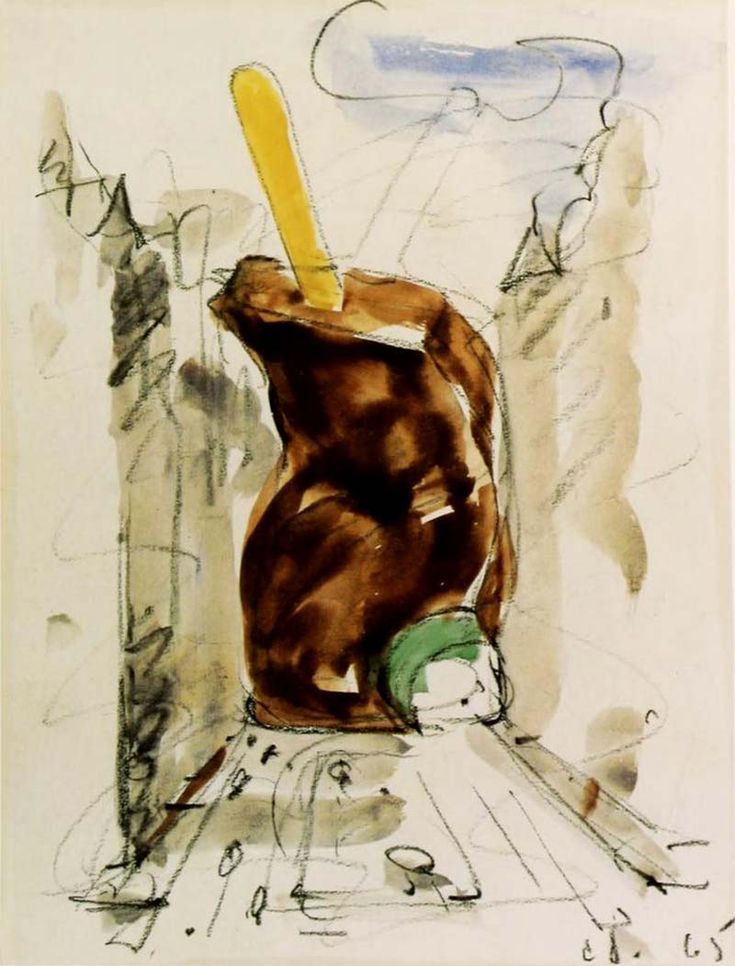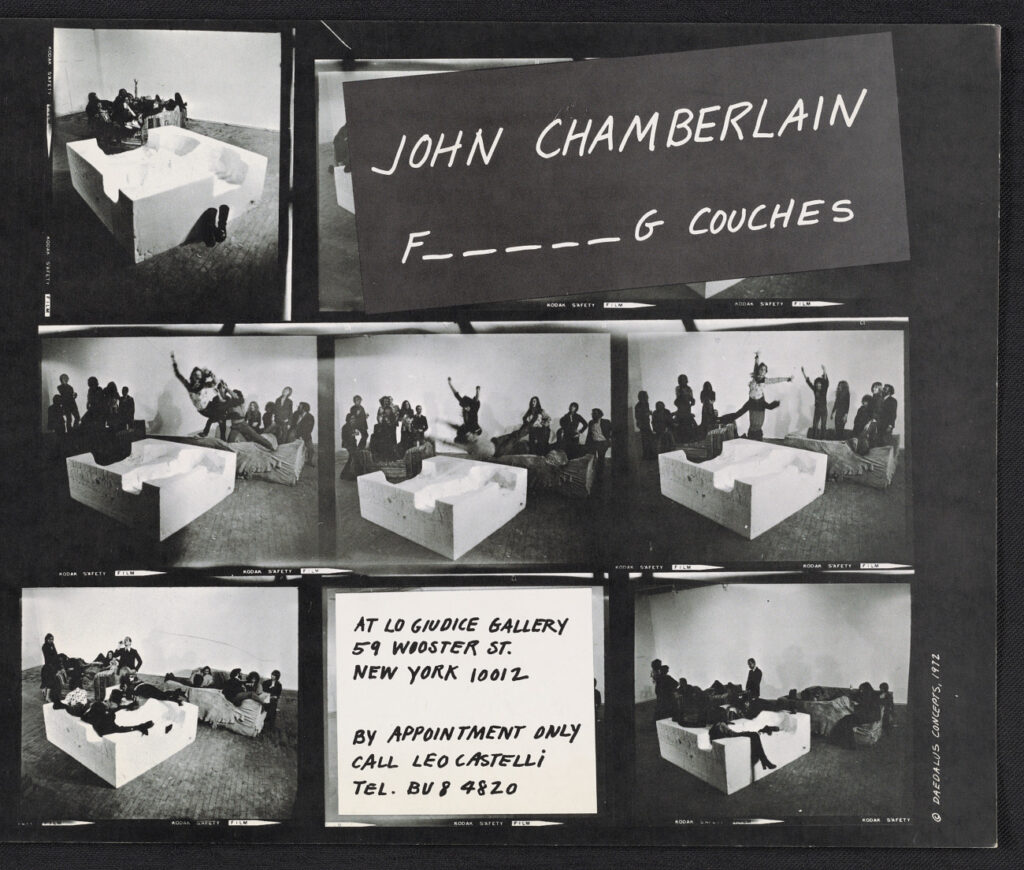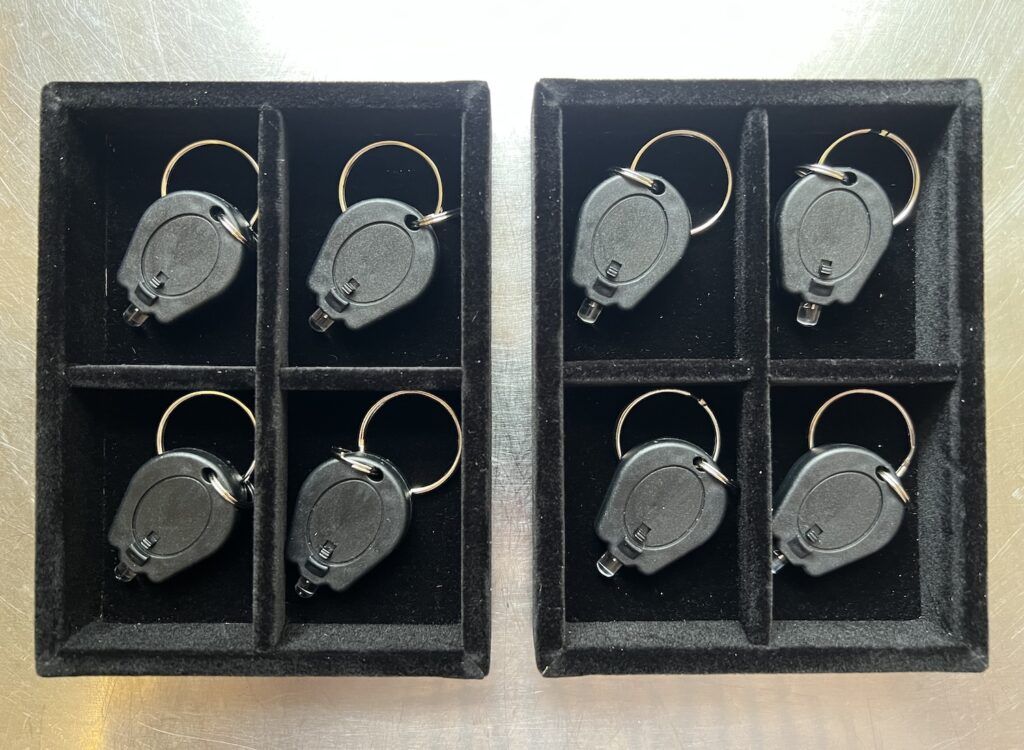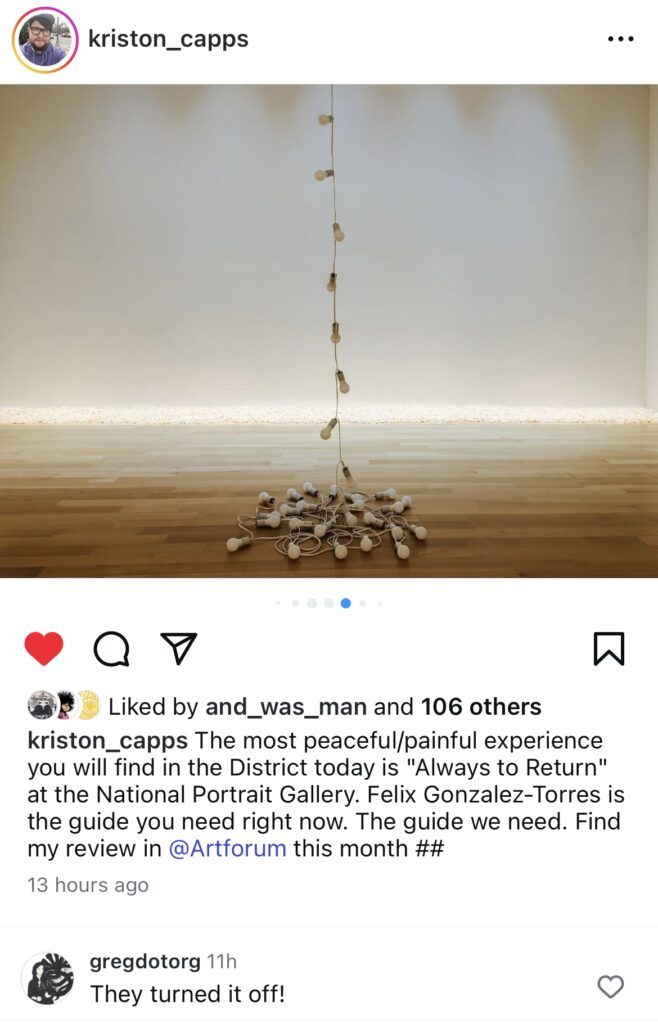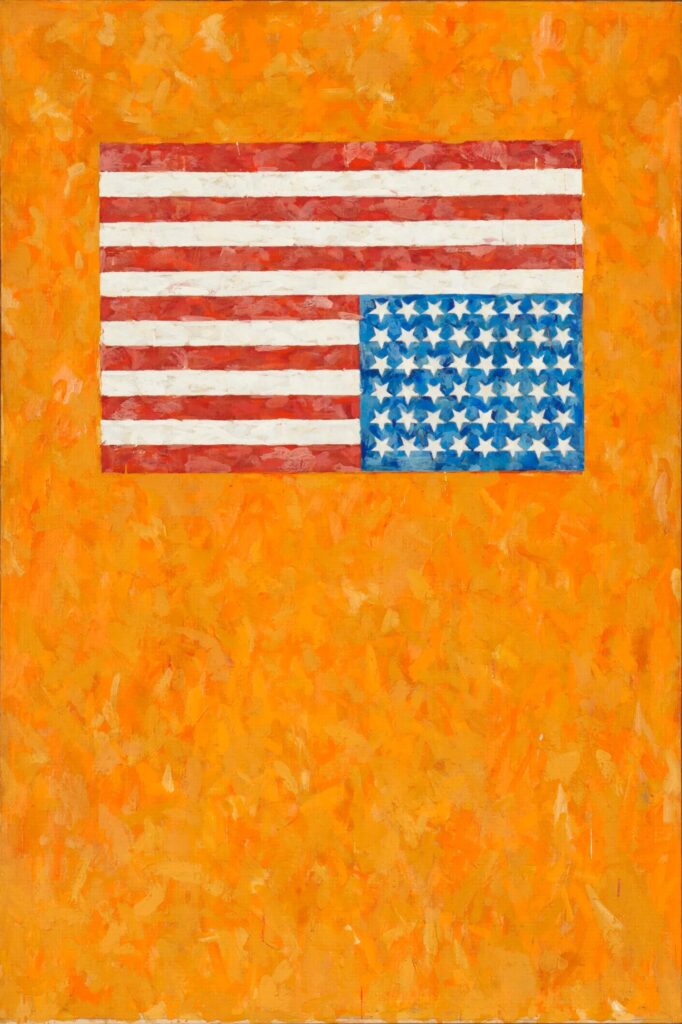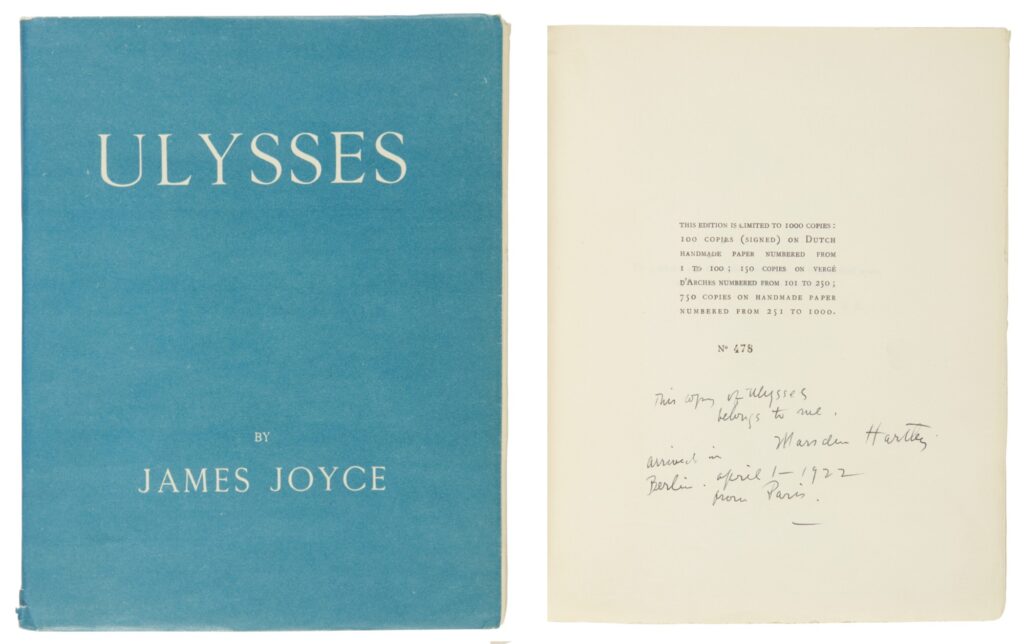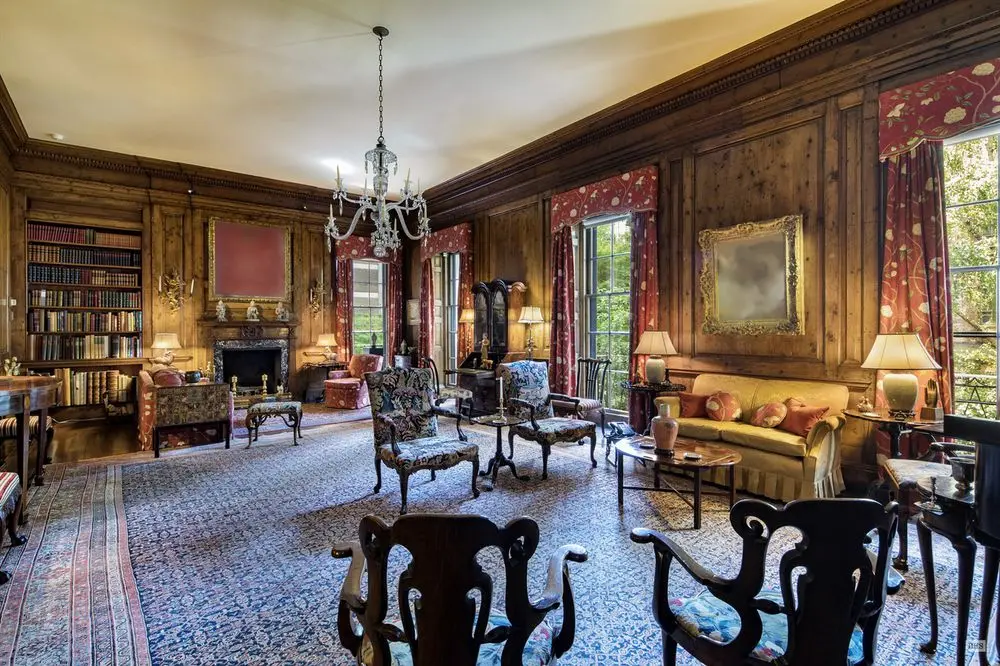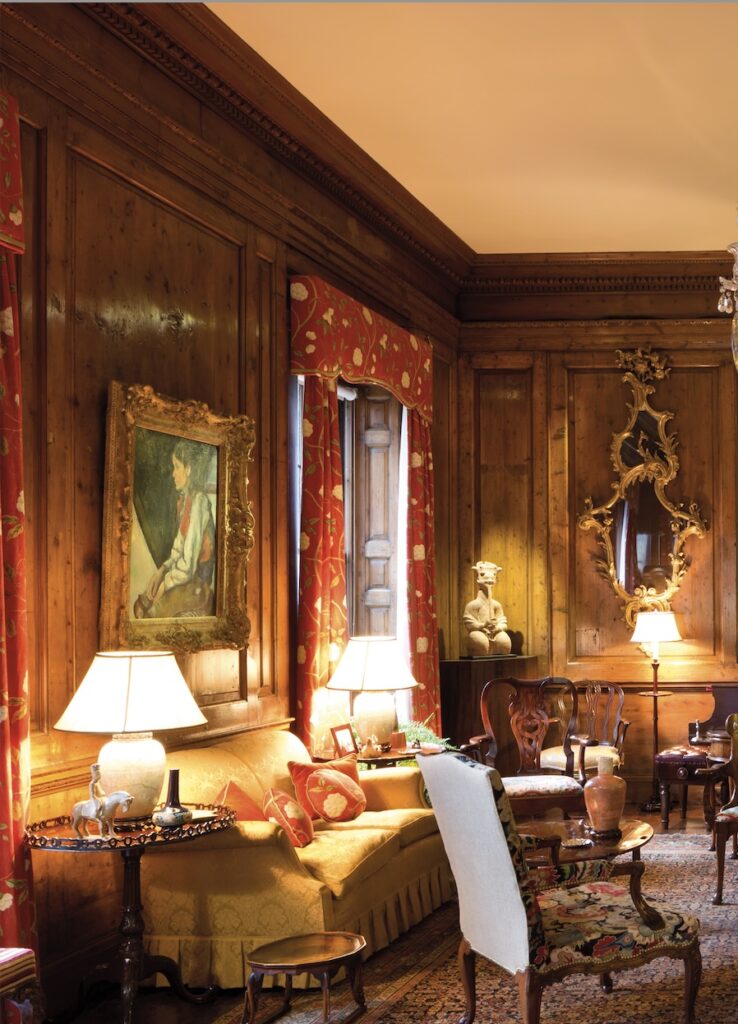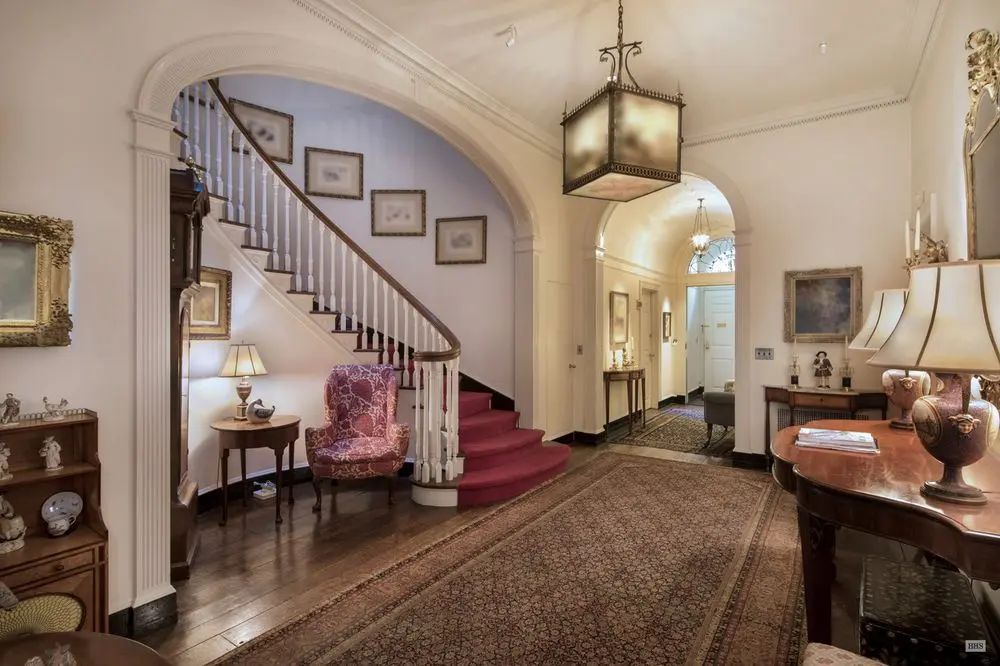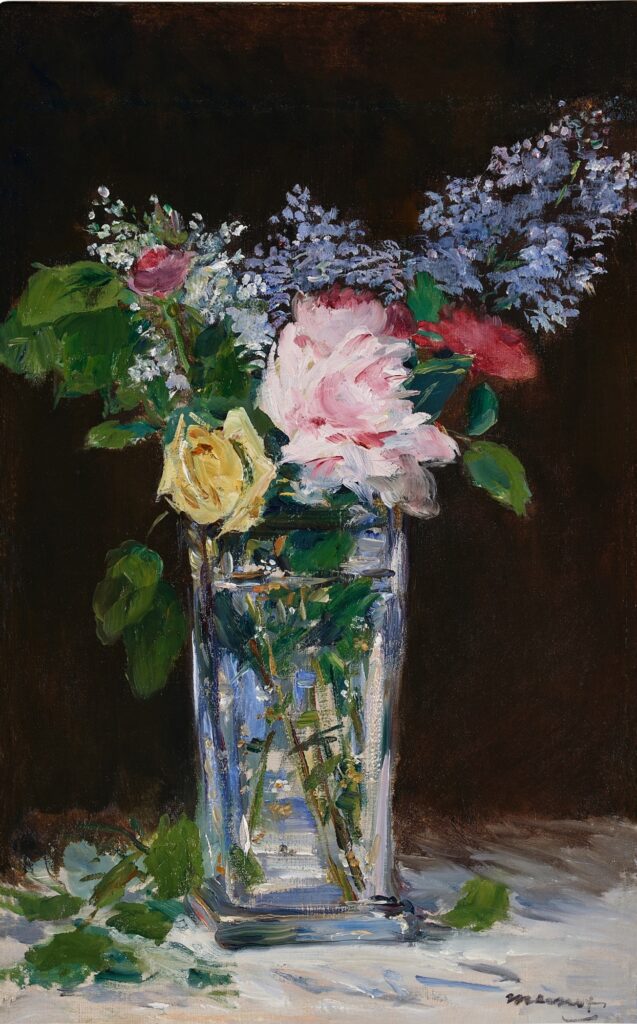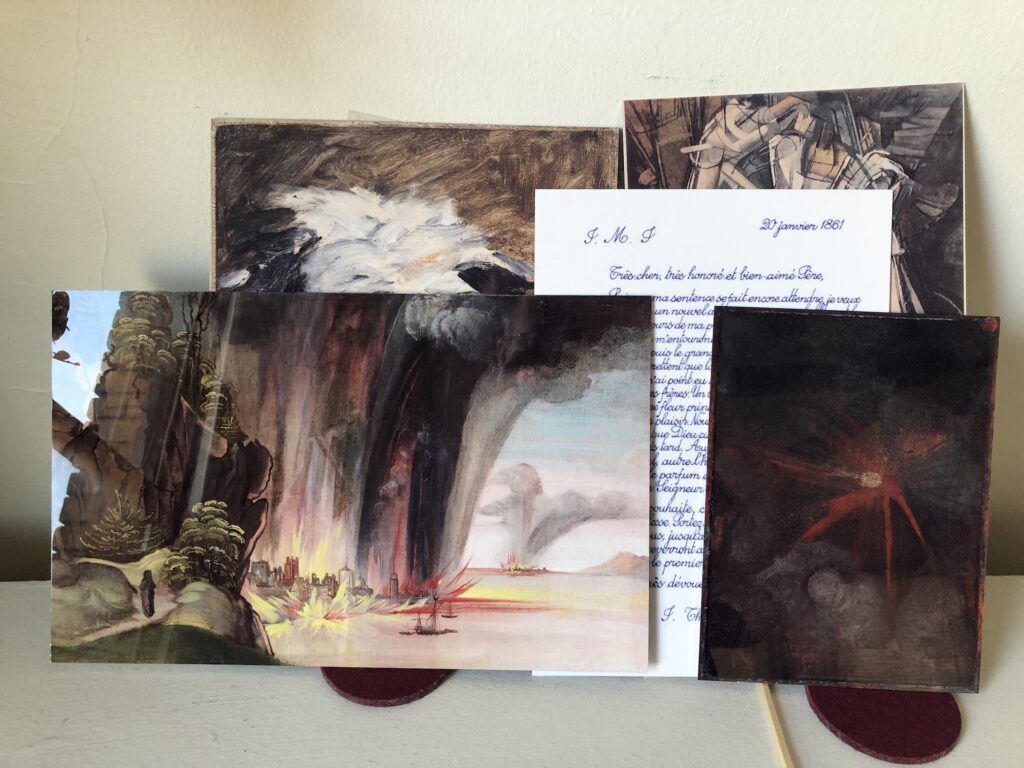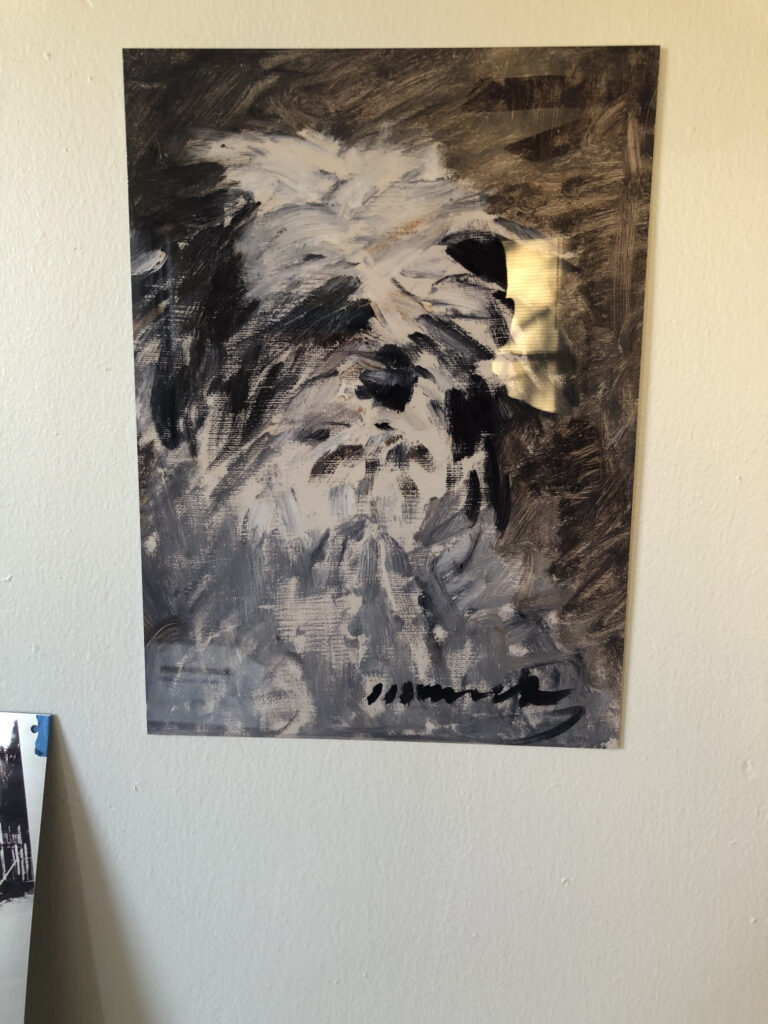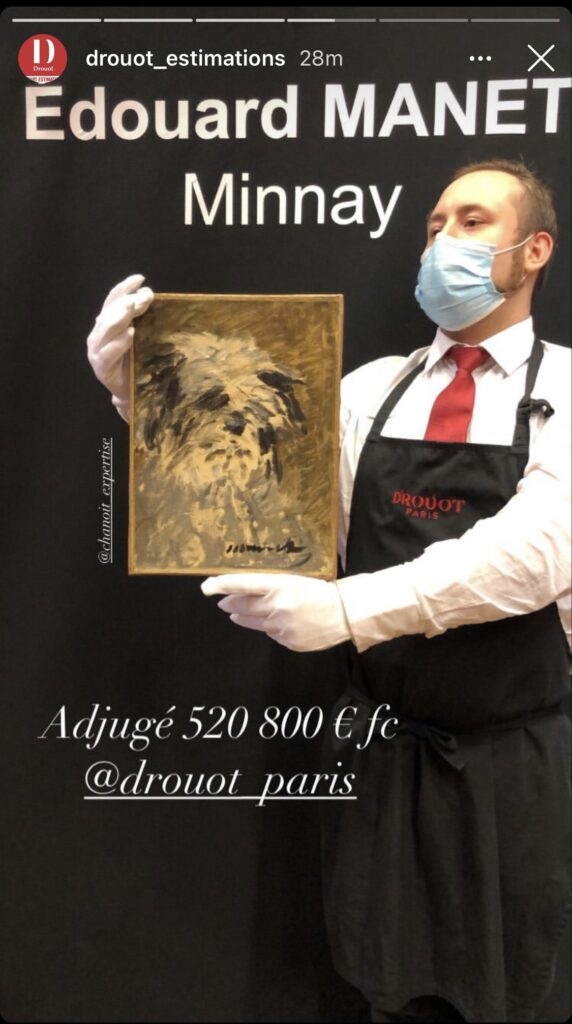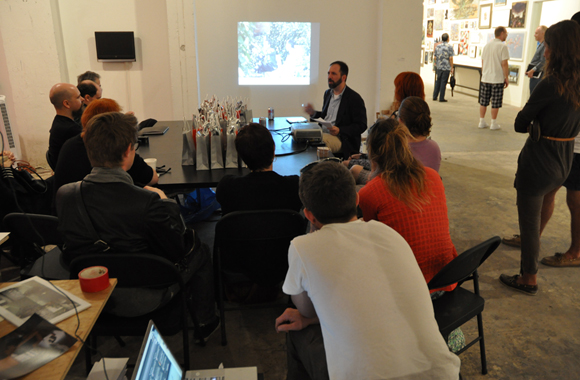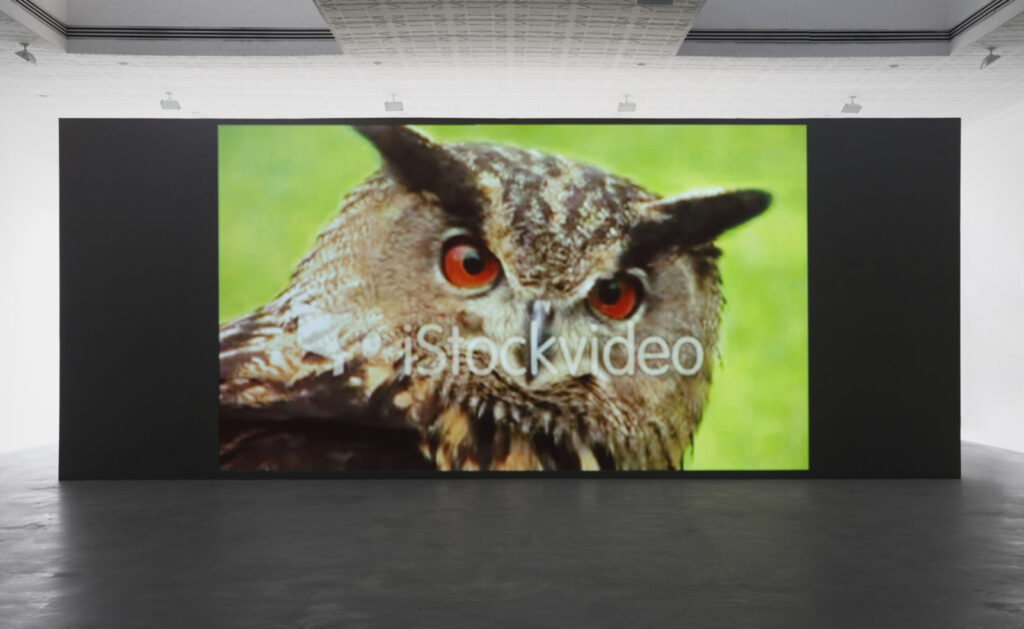
In commemoration of the Roman exhibition of Richard Prince’s Deposition (2025), I present this appropriation, a publication of the unauthorized transcription and accompanying illustration, on a platform of capitalist consolidation.
This softcover version of The Second Deposition of Richard Prince is formatted for easy reading, and includes black and white images of court exhibits being discussed. It also includes a handcrafted index, optimized for art historical and critical discourse.
I’ll have stamped and signed copies available directly, shipping when I get back into my newly militarized town. Or you can buy one or a thousand right now.
Meanwhile, The Deposition of Richard II is a collection of eight late 14th- and early 15th-century Latin texts that chronicle and comment on events that led, in 1399, to the deposition of King Richard II of England and the accession of Henry, Duke of Lancaster, as King Henry IV. David R. Carlson published it with the Pontifical Institute of Medieval Studies in 2007. At present, according to Abebooks, three copies are available in the UK.
[next morning/evening update] I found a 2009 review of Carlson’s collection of Latin texts by Chris Given-Wilson that makes this accidental algorithmic pairing feels unexpectedly relevant. The embedded quote is from Carlson:
“The Latin style matches the occasion: an unfamiliar, idiosyncratic word-set, repetition and extraordinary verbosity, sentences and clauses so long and involved that even the persons responsible for them sometimes lose grammatical way” Not just lawyers’ Latin, in other words, but a form of lawyers’ Latin appropriate to the gravity of the occasion.
And there was clearly a point to all this, just as there was to the precision of the language, because, as Carlson goes on, “precise sense might matter; also, verbosity can make a statement more exact; and repetition, besides hedging against the inevitable flaw of manuscript transmission…elevates meaning.”
The context-driven, linguistic specificity is also the key to Prince’s Deposition, where the language and discursive structure belong to lawyers, not artists. That clashes with art and the frameworks used to understand and explain art in unfamiliar ways that are sometimes absurd and sometimes revelatory. There is literally a moment when Prince, in the middle of a long and deep monologue about rephotography, is interrupted by the lawyer saying, “Do you remember the question at this point, sir?”
With Deposition, Prince appropriated the entire legal process for his expressive purposes: he used this formal, ritualized interrogation to talk about his art—and then he turned it into art.
Now I want to translate Prince’s deposition into Latin.
Buy The Second Deposition of Richard Prince in softcover on Amazon for $20 [amazon]
Buy one, two, or three copies of David R. Carlson’s, The Deposition of Richard II for $29.70 each, plus $13.44 shipping to the US [abebooks]

